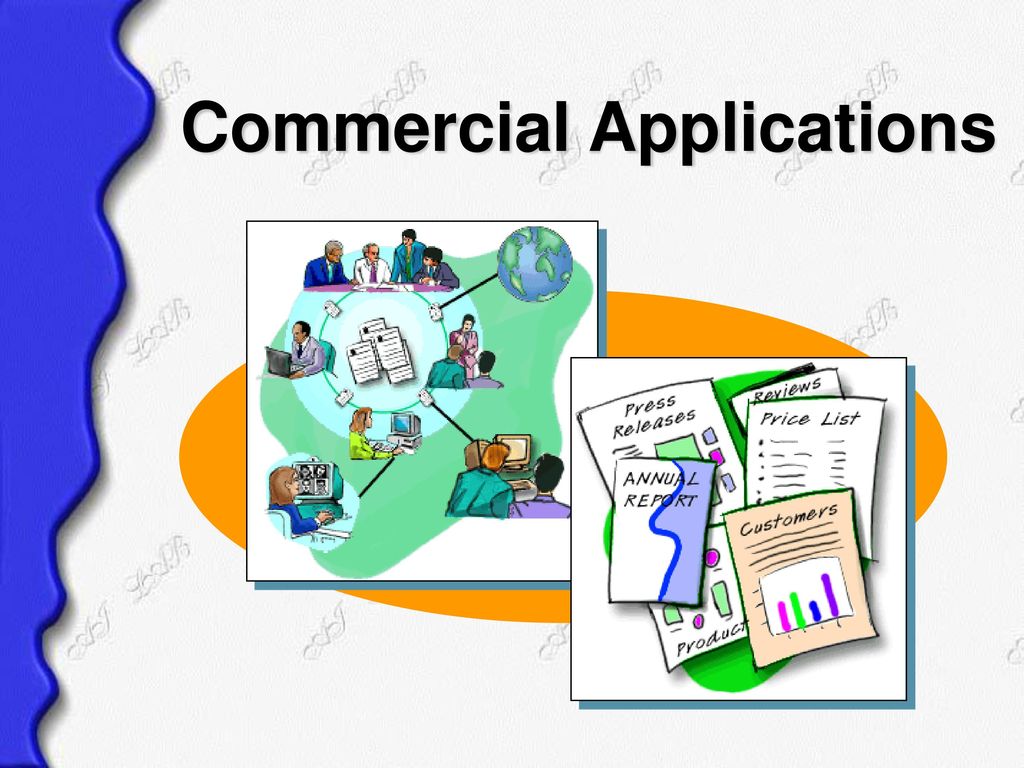Commercial Application – 9
About Course
Sure, here is a brief description of each chapter from the Class 9 Commercial Application syllabus:
1. Introduction to Commercial Organisations : This chapter provides an overview of various types of commercial organizations and their role in the economy.
2. Ownership Structures – Sole Proprietorship and Joint Hindi Family Business : It discusses the characteristics, advantages, and disadvantages of sole proprietorship and joint Hindu family business as forms of ownership.
3. Ownership Structures – Partnership : This chapter covers the concept of partnership, its features, types, registration, and dissolution.
4. Ownership Structures – Joint Stock Company : It explores the features, types, formation, and management of joint-stock companies.
5. Ownership Structures – Cooperative Society : This chapter explains the concept of a cooperative society, its features, types, and advantages.
6. Public Sector Enterprises: It discusses the meaning, objectives, and forms of public sector enterprises.
7. Functioning of a Commercial Organisation : This chapter explains the various functions performed by a commercial organization, such as production, marketing, finance, and human resource management.
8. Communication in a Commercial Organisation : It covers the importance of communication in a commercial organization and the types of communication used.
9. Ways of Communication : This chapter explains the different ways of communication, such as verbal, non-verbal, written, and visual communication.
10. Tools of Communication : It discusses the various tools and technologies used for communication in a commercial organization.
11. Nature and Technology of Accounting : This chapter introduces the basic concepts of accounting, including its nature, objectives, and importance.
12. Accounting Records : It covers the types of accounting records maintained by commercial organizations, such as journals, ledgers, and financial statements.
13. Natural Resources : This chapter discusses the concept of natural resources, their types, and importance.
14. Depletion of Resources : It explains the causes and effects of resource depletion and the need for conservation.
15. **Practices for Conservation of Resources**: This chapter covers the various practices and methods used for the conservation of natural resources.
16. Industrial Pollution and Degradation of Environment : It discusses the causes and effects of industrial pollution and the measures to control it.
These chapters provide a comprehensive understanding of commercial organizations, their ownership structures, communication, accounting, and the importance of resource conservation and environmental protection.
Course Content
Theme 01: Introduction to Commercial Organisations
Theme 02: Ownership Structures – Sole Proprietorship and Joint Hindi Family Business
Theme 03: Ownership Structures – Partnership
Theme 04: Ownership Structures – Joint Stock Company
Theme 05: Ownership Structures – Cooperative Society
Theme 06: Public Sector Enterprises
Theme 07: Functioning of a Commercial Organisation
Theme 08: Communication in a Commercial Organisation
Theme 09: Ways of Communication
Theme 10: Tools of Communication
Theme 11: Nature and Technology of Accounting
Theme 12: Accounting Records
Theme 13: Natural Resources
Theme 14: Depletion of Resources
Theme 15: Practices for Conservation of Resources.
Theme 16: Industrial Pollution and Degradation of Environment.
Student Ratings & Reviews



